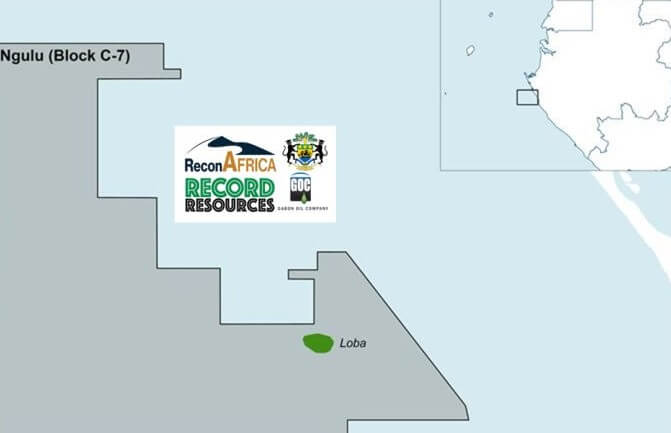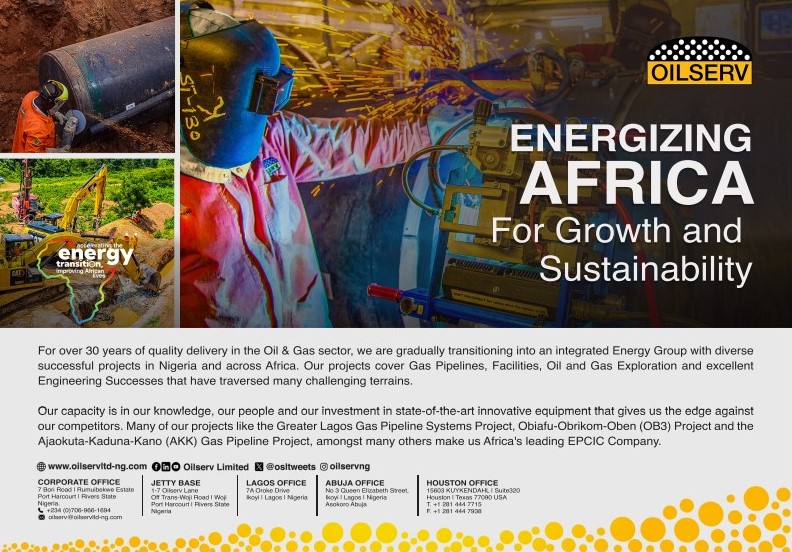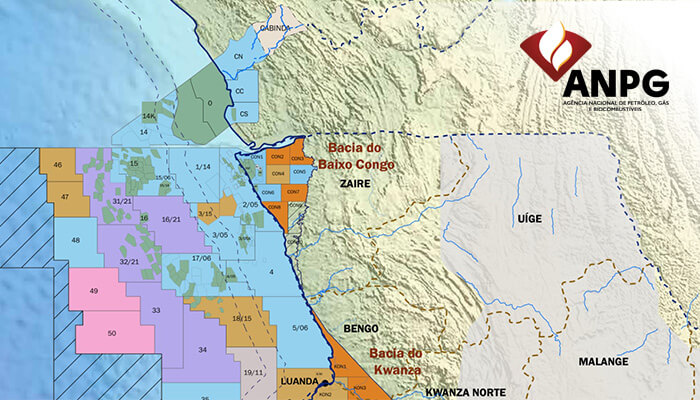
SBM Offshore announces it has signed a Share Purchase Agreement for the full divestment of SBM Offshore’s equity interest in the lease and operating entities of the FPSO Aseng to GEPetrol. The Company’s exit from Equatorial Guinea will take place following an operational transition phase lasting up to 12 months.
SBM Offshore’s sale of its participation in the unit in Equatorial Guinea is in line with its strategy to rationalize its Lease & Operate portfolio, as per other recent transactions. The agreement remains subject to several conditions precedent and approvals.
GEPetrol is advancing several key exploration and development initiatives, with a focus on offshore fields and attracting new investments through recently signed PSCs. In November, GEPetrol partnered with Panoro Energy to sign a PSC for Block EG-23, marking Panoro’s second operated asset in the country.
Previously operated by Marathon Oil, the block has seen 19 wells drilled and is estimated to contain 104 million barrels of oil and condensate, along with 215 billion cubic feet of gas. During the initial three-year term, the partners will concentrate on subsurface studies to assess the block’s prospectivity, with the option to extend for an additional two years to drill an exploration well.
The NOC is focused on boosting production capacity through the development of key assets, including the Zafiro field and Ceiba and Okume Complez. The Zafiro field, Equatorial Guinea’s largest, is at the heart of revitalization efforts following GEPetrol’s takeover of operatorship from ExxonMobil in June 2024. That same month, GEPetrol signed two PSCs with Chevron for offshore Blocks EG-06 and EG-11.
Located near the producing Block B, these highly prospective assets are expected to reinvigorate the country’s exploration and production activities. The agreements include comprehensive development plans that outline minimum investments, exploration programs, sustainability initiatives and state benefits, representing a strategic move to counter the recent decline in oil output caused by aging fields and underinvestment in untapped resources.





































